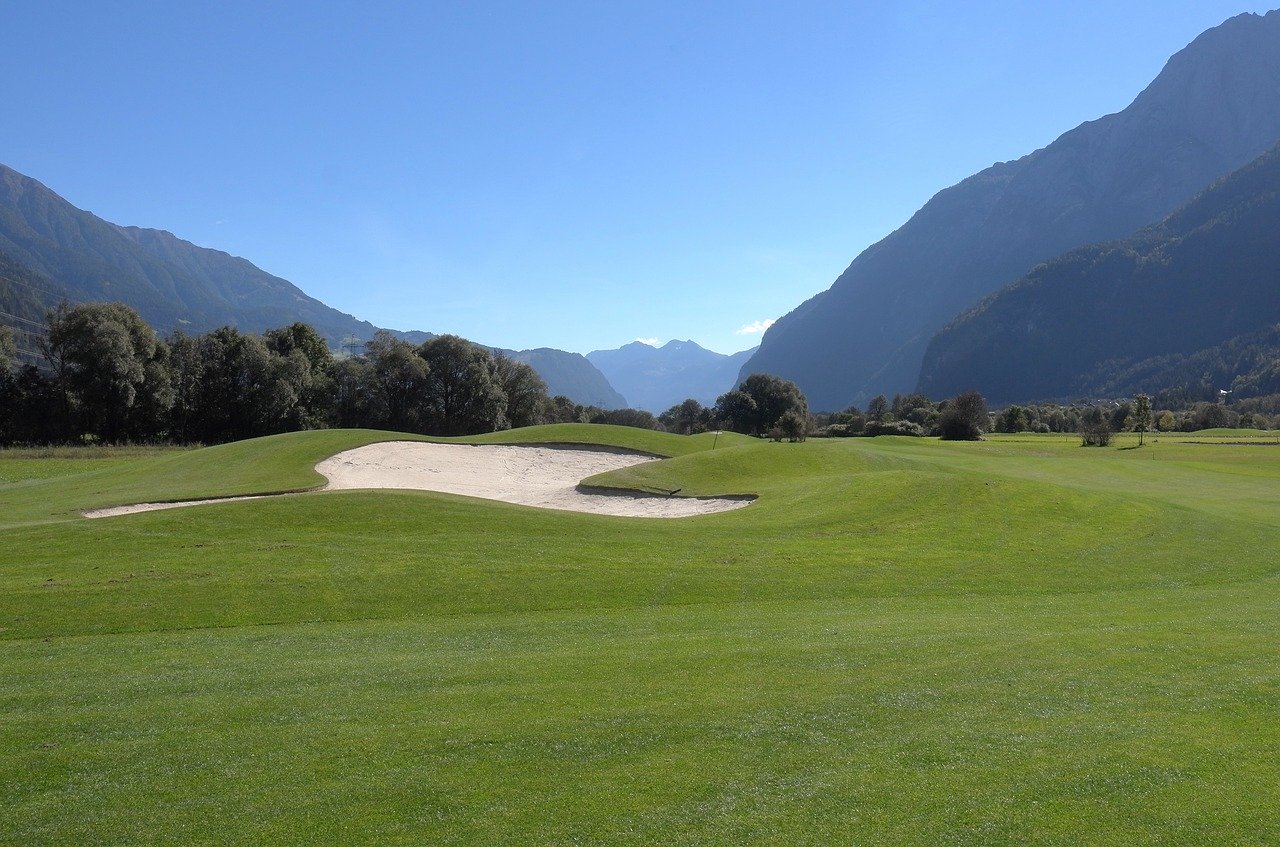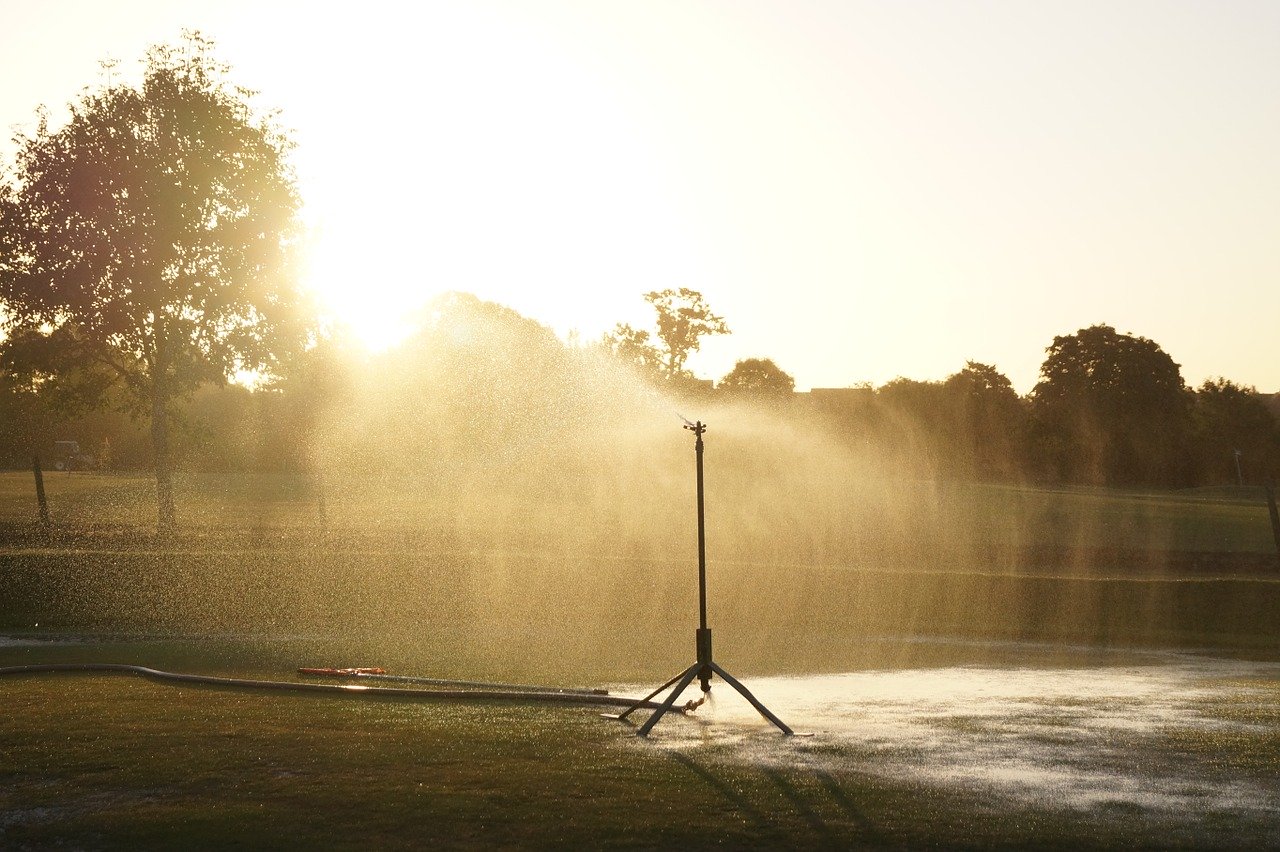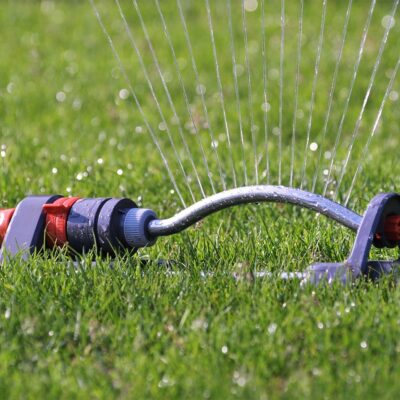When you visit a golf course, you will notice one thing above all else, how immaculate the grass will be. For the majority of the golf courses around the world, the way the grass is kept is one of the highest priorities. A lot of work goes into maintaining the lawns all year round, and the groundkeepers are constantly learning about new techniques and equipment that they need.
There are many steps needed to maintain a golf course lawn, but here are some of the best tips to keep the grass in top condition.
The Grass
Not surprisingly, the type of grass that is used will make a huge difference in the way it grows and is maintained. Typically, the type of grass will depend on the area the course is located, and the resources available to maintain it.
One of the most widely used grasses is Bermuda because it can be mowed low and offers the best surface. It is often used in warmer countries because it is resilient to heat but can die off in cooler countries.
A lot of courses will mix their grass with a Ryegrass as well. This is because Ryegrass can be planted closely together, so it is an ideal way to repair holes in the turf, or on areas that see a lot of wear.
Fertiliser
Once you have the right grass for your climate, you need to ensure that you are keeping it healthy. Because the lawn will get a lot of use, you need to ensure that fertiliser is used regularly. This will help to keep the grass looking its best and maintain a healthy root system.
Most golf courses use a liquid fertiliser that is sprayed onto the grass when it is watered. This allows it to sink well into the soil and not get washed away.
The type of fertiliser used will depend on the grass you have and the conditions of the course, though the better the quality you can get, the better the end result will be.
Watering
Probably one of the most important parts of lawn care is watering. However, there is more to this than just keeping the lawns hydrated. There are also other factors that can affect not only when you water, but also how.
Finding a good source of water is vital because you want one that is sustainable enough to give you what you need, but also doesn’t take resources away from other areas where there could be residential properties.
Many golf courses take their water from a number of sources to help minimize any impact on the environment, they will also use other elements to help keep the water in the ground longer as well as use different techniques so they can use more water sources.
Irrigation
Golf course irrigation techniques can help to maintain your lawns in many ways depending on the type you choose. Most courses will use a spray system that has heads that pop up out of the ground and spray the water over a wide area.
This means that there needs to be a network of pipes under the ground that can reach every area of the golf course. Then, you can have valves that open and close via a computer that allows the water to flow.
The source of the water can vary depending on where the golf course is located, but this can include local rivers, boreholes, or municipal water networks. If you are planning to draw water from sources that may have other contaminants such as dirt, then your irrigation system needs to have filters that can remove these before it reaches the pipework.
Additives
Many golf courses use additives on their lawns to help keep as much moisture in the ground as possible. These additives hold onto the water when it is sprayed on the lawn and release it slowly over time. This means golf courses can use less water and the grass doesn’t dry out in hot conditions.
In addition, other additives are used to control weeds and other pests from damaging the grass. The types used will depend on the specific problems with your location, but weeds are generally the biggest issue.
Repairing Damage
Golf courses will receive damage almost every time they are used. Divots are created when players take a shot, and pot marks can appear when the golf ball lands. Both of these not only make for a difficult playing surface, but it also damages the grass.
There are special repair kits that are used to quickly fix pot marks and divots. For larger areas of damage, the grass is often reseeded.
Depending on how often the course is used, repairs should be scheduled to keep the greens and other areas in good condition.
Scheduling
Maintaining the golf course lawn is not something that happens just when the course is being used. All golf clubs will have a year-round maintenance plan that allows them to do all the work needed to keep the grass healthy.
In most cases, major repair work or creating new bunkers will take place during the close season. This helps minimize disruption and allow the grass to recover.
There are also other tasks that need completed each month to ensure all the maintenance is completed. This includes changing holes in the greens, trimming trees and bushes, and installing new drainage systems if needed.
These are just the top tips when it comes to maintaining the lawn at a golf course, there will be many other little tips that will be unique to each course and groundkeeper.



